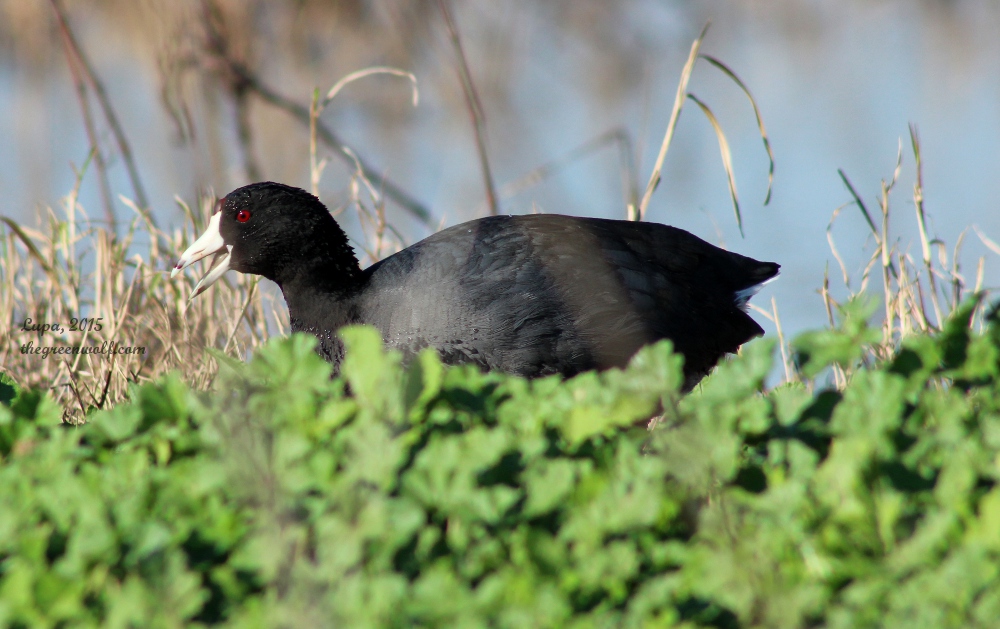I’ve had several people ask me how Patreon’s been working out for me, so I decided I’d just write out a post for general consumption. I started my account back in July 2014, and as of this writing I have 35 Patrons and a total of $531 in monthly pledges, which is pretty damned good, all told. Overall it’s been a worthwhile effort, but here’s a more detailed breakdown.
Benefits:
–It’s a fun way to connect with people who like my work and treat them to exclusive stuff.
I love connecting with fans of my work. If I can create something that makes someone else happy, then I’ve done a good job. Patreon is essentially a regular feed of my writing and art, both online and via snail mail. Patreon offers two different ways to get paid for your work, either a pledge per individual project or a flat pledge per month. I am a very frequent poster; in seven months I’ve posted almost 250 projects, or about 35/month. A lot of these are work in progress shots that are only visible to my Patrons, though the completed works are there, too. (I use the “activity” tab for updates and check-ins with my Patrons.)
So this means that every week my Patrons get an eclectic mix of work in progress shots, final projects, sneak peeks of blog posts that haven’t gone live, and whatever other fun things I decide to post. And then once a month I get to send out the monthly rewards. For those pledging $5 or more, that’s the profile I post of a different animal, plant or fungus totem each month. Starting at $15, I start mailing out actual physical goodies, ranging from art to books to the makings of a cabinet of curiosities. I really get a kick out of mailing these little “care packages” to folks, and I hope they look forward to them at least as much as I look forward to sending them.
–It’s a fairly steady amount of money each month.
The first of the month is always a challenge financially. Not only is rent due, but so are several other decent-sized bills. So it’s a real boon to get an extra chunk of change in the bank account right about then. Patreon usually starts charging Patrons the first of the month, though there have been one or two times where they were delayed for a couple of days. However, they’ve gotten faster about processing since I signed up, and the money generally shows up in my account within 24-48 hours after I initiate a transfer.
–It’s a great way to try out crowdfunding without a big risk.
If you’re thinking about crowdfunding but you’re unsure whether you’d get a project fully funded, Patreon is a good training ground. I’m planning an IndieGoGo (or similar) campaign this April to help fund the Tarot of Bones; it’ll be my first time-limited, single-project crowdfunding effort. Patreon has been a good way to gauge interest in my work, and to help me brush up on my promotional skills, and I feel more prepared for the spring fundraiser than I probably would have without Patreon.
Drawbacks:
–It’s not a 100% predictable amount of income.
People can sign up as your Patron at any time, but they can also end their Patronage at any time, too. And while Patreon emails you whenever someone signs up or changes the amount of their pledge, they don’t let you know when someone drops off, so it can be a little disappointing to go to your profile and see your pledge level has dropped unexpectedly. I have had former Patrons message me when they dropped their pledge to let me know why, which is always appreciated. But it’s best to see Patreon as a supplement unless you’re one of those rare folks who has hundreds of Patrons giving thousands of dollars a month.
–You don’t get to keep all the money that’s pledged to you.
Patreon takes a BIG chunk of money out. From their FAQ:
Patreon takes 5% and the creators cover the credit card transaction fees which are generally 4% across the site. Also remember that some pledges will fail due to declined credit cards. We’re happy if a creator sees around $0.90 of every dollar!
As as an example, of that $531 in pledges that I had at the beginning of February, after Patreon’s fees and two declined cards I received $463.88. It’s still a nice bit of money and I’m grateful for it, but I feel it’s important for readers to know that what it says I get per month on my profile won’t necessarily be what ends up in my bank account.
Additionally, I spend a fair bit of each month’s pledges in shipping costs. Granted, they’re factored into the pledges, but I routinely spend between $3 and $9 to ship an item to a Patron. This month my shipping charges were well over $100 because I promised if I hit $500/month in pledges I’d send all the Patrons who helped me achieve that goal a little natural history specimen as a gift, and so I had to send out over 30 packages, including a few international ones. Had this been a normal month I would have sent out seventeen packages, but the shipping would still have been in the $60 range.
–It’s a LOT of work.
When I started my Patreon account in July, I didn’t automatically have $500 worth of pledges flood in. I did hit the $100/month milestone within the first few days, which honestly blew my mind. And in January I managed to go from $401 to $531 in a matter of something like two days because I did a bunch of “Woohoo! Help me hit $500!” social media posts.
But in between $100 and $401 was a ton of work. As a self-employed creative person I have had to perfect the art of self-promotion–or at least work toward perfecting it. I mention it multiple times a week on Facebook, Tumblr and elsewhere. I talk it up when I vend in person. I let my online customers know about it. In short, I do my damnedest to let everyone know that “Hey! I have a Patreon and you can get all kinds of cool stuff that no one else gets if you sign up!”
This means you have to be absolutely tireless in your promotion to make it work. I mean, if you already have a platform of tens of thousands of people ready to throw money at you then your Patreon should fill up quickly. But for the rest of us, it’s a hell of a slog, and I am absolutely grateful for every one of my Patrons, past and present. (And would-be–I know there are folks out there who’d love to pledge except they can’t afford even $1/month right now. Totally understandable.)
Platform-specific Complaints:
–No way to browse individual artists (“Creators”) as opposed to projects.
If you go to Patreon’s homepage, there are only a few ways to find Creators. Below the initial “Hey, we’re Patreon!” video you can see five featured projects. And if you click on “Featured” on the bar at the top of the homepage you get a couple dozen more features projects. That “Featured” page also has a left menu of categories, but again it it only takes you to individual projects, not Creators. The only way you can find individual Creators who take pledges on a monthly basis rather than a project-by-project basis is if you search for their name or keywords in the search bar at the top of the site, so it’s well-nigh impossible to be discovered by a potential Patron who didn’t already know who you are.
I’ve contacted Patreon about this, and they claim they’re working on a solution, but I’ll believe it when I see it. As it is, I have to rely a lot more on my own promotion and the word of mouth of others than Creators who pledge per project.
–Back-end navigation is a little counterintuitive and disorganized.
You would think that if I wanted to edit my profile (which shows what I’m offering the world) AND my Patreon Manager (which tells me who’s pledging what) I would go to one central location, right? Nope. To get to the former there’s a dropdown menu accessible from the upper right-hand corner of the screen, marked by my logo. To access the latter, I have to click on “Home” (not “Patreon”), and then click on the little button that says “Patron Manager”.
And it just gets more unwieldy from there. Each month’s record of Patrons has its own individual page, meaning a lot of clicking through and having to compare each month from its own tab. I’m sure they’ll keep upgrading it, but for now it’s kind of a pain in the ass to navigate.
Conclusion:
Gripes aside, I see Patreon as a way to get guaranteed custom work each month. I have a group of people that I know I’ll be making art for, and I have people I know I’ll be sending books to, and I have folks who will be enjoying little exclusive treats in my feed throughout the month. I’m quite used to having to work hard promoting my stuff, so this is just one more thing for me to offer.
Speaking of that–if you want to be my Patron, here’s my account again! You can become my Patron for as little as $1/month, and help me keep writing posts like this one. And thank you!
Like this:
Like Loading...






